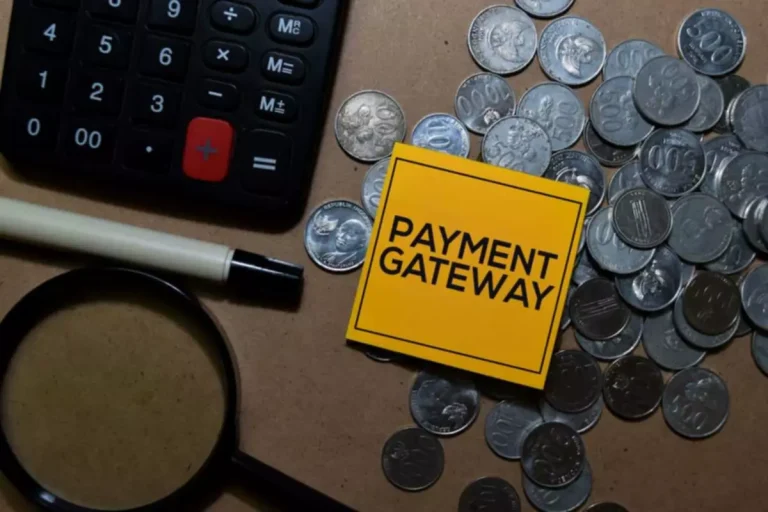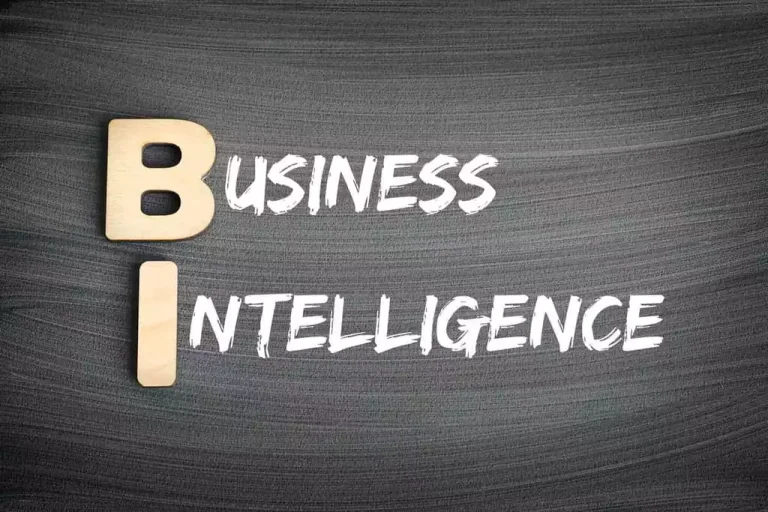Tokenization of real-world property is sitting within the entrance row of a revolutionary shift in how ownership, funding, physical and financial assets are considered. Enabled by blockchain know-how, tokenization increases liquidity, creates fractional possession, offers transparency, and permits for value reduction. However, the journey towards becoming one thing broadly embraced is quite affected by hurdles corresponding to regulation, valuation, and issues of https://www.xcritical.in/blog/real-world-assets-rwa-tokenization-in-crypto/ technological threat. Nevertheless, the examples of profitable implementations in actual estate, artwork, commodities, and securities all illustrate the large potential that asset tokenization holds. The opportunities for digitizing belongings are set to broaden with new technologies and changing regulatory environments. Indeed, the means ahead for tokenized property is kind of promising; driven by nascent trends like DeFi integration, cross-chain tokenization, and AI-powered asset administration, the method ahead for tokenized asset landscapes appears to be looking forward to super growth.
Market Immaturity And Possession Complexity
Indeed, numerous platforms corresponding to Creditcoin are already using the advantages of distributed ledger technologies to increase the accessibility and transparency of real-world asset markets. Although tokenization can unlock significant market benefits, one major problem is ensuring that a digital asset is correctly backed by its underlying asset. Regulated by the New York State Department of Financial Services, it aims to supply a safe and efficient means for digital transactions, combining the stability of fiat foreign money with the flexibility of crypto property. We’ll also explore the potential advantages and downsides of tokenization, its future prospects, and offer you concrete examples of real-world asset tokenization right now. Currently, just a few jurisdictions have clear regulations that might be utilized to tokenized real-world property, similar to Switzerland, Abu Dhabi, Hong Kong, and Singapore.
Sec Approval Of Ethereum Etfs: What Might It Deliver For The Crypto Market?
Besides, the technological infrastructures wanted to embrace this tokenization are of their baby stage, though the use ofblockchain know-how and sensible contracts poses dangers to both stakeholders. For instance, hackers can use some vulnerabilities within the good contract’s code, leading to the loss of tokens or different belongings. It is anticipated to disrupt practically each business and sector of our fashionable society – from investing and asset management, by way of manufacturing to real property or even artwork. We conservatively estimate that the whole market worth of tokenized property will significantly exceed USD 10 trillion by 2030.
Benefits Of Real-world Asset Tokenization
RWAs are sometimes contrasted with digital or digital assets, most commonly present in crypto. They are normally characterised by their intrinsic financial worth, deriving price from their utility, rarity, or desirability. Rather than working across the framework of rules and alluring hassle to the project, STOs would work with the regulatory authorities. However, these laws shall be coded into the good contract, thereby eliminating the need for the switch agents by automating the method. According to the World Bank, as many as 1.7 billion people do not at present have access to monetary companies. This implies that they do not have a checking account, credit card, or other monetary products that allow them to save tons of, borrow, or make investments money.
Real World Asset Tokenization On Blockchain
TokenFi is designed as a user-friendly platform to simplify the creation and tokenization of Real World Assets (RWA) without the necessity for coding. It targets the burgeoning RWA market, which is anticipated to grow to $16 trillion by 2030, providing instruments for launching ERC20/BEP20 tokens, among other functionalities. Through options like the TokenFi Token Launcher, Generative AI for NFTs, and a collection of tools for direct connections with market gamers, TokenFi facilitates seamless entry into the DeFi ecosystem. This initiative goals to democratize the tokenization course of, making it accessible and inexpensive, thereby positioning TokenFi to capture significant progress in the DeFi space. POLYX, the native utility token of Polymesh, serves multiple important capabilities within its ecosystem.

In such cases, tokens can act like digital certificates of possession that can characterize virtually any object of value, together with bodily, digital, fungible, and non-fungible property. Because they’re saved on a blockchain, house owners can maintain custody over their belongings (if house owners are holding them in their very own safe crypto wallet). The market for tokenized belongings, together with RWA actual estate and different real-world belongings, is still developing.
Creditcoin Mainnet Goes Live: Connecting Function To Blockchain Infrastructure
Real-world asset (RWA) tokenization is likely considered one of the largest market opportunities in the blockchain business, with a potential market size in the lots of of trillions of dollars. Right now, the future looks shiny for tokenization with world business advisory agency Boston Consulting Group forecasting that the marketplace for tokenized assets might mushroom to $16 trillion by 2030. This tokenization of real-world assets (RWAs) isn’t just occurring in art, but in bonds, cars, gold, homes and more.
Accounting for around 50% of the tokenized non-public credit score market, Centrifuge is a L1 tokenization blockchain that allows small-to-medium businesses to lift credit score financing by using their inventory and different bodily items as collateral. USDY is essentially a tokenized promissory observe secured by short-term US Treasuries and bank demand deposits. This makes it an attractive possibility for non-US individual and institutional traders, as it combines the benefit of access present in stablecoins with the good factor about high-quality, US dollar-denominated yield. For example, given the hovering property prices internationally, fractionalized actual estate this might give smaller investors a more accessible approach to get a foothold in the real property market. Each token represents a direct possession stake within the underlying asset, with digital tokens permitting for the division of these property into ever smaller, extra easily tradable units in a course of known as asset fractionalization. These protocols symbolize the on-chain version of so-called non-public credit score loans—loans issued not by banks, however by people and organizations.
One of them is the regulatory environment, which could be hostile to complicated real-world asset tokenization. Depending on the jurisdiction, tokenized assets come beneath a wide selection of authorized frameworks, including securities laws, property legal guidelines, and tax regulations. Smart contracts comprise the settlement code and can be used to routinely enforce the situations of an asset switch.
Real world asset tokenization presents itself as an excellent opportunity.to overstep the boundaries between the virtual and the real financial world. It emerges as a significant transformative force redefining the legitimacy of the blockchain business within the global monetary landscape. Tokenization is increasingly being hailed as a ervolutionary breakthrough on the earth of finance, bringing the advantages of blockchain technology to conventional belongings. As the asset tokenization industry continues to mature, digital tokens are set to radically rework the nature of possession, trading, and liquidity. Whilst new opportunities are rising every day, this business remains a work in progress. Until the know-how matures, proper regulation is implemented, and extra mainstream monetary institutions and industries begin incorporating asset tokenization, that will stay the case.

However, laws differ between international locations, and several varieties of tokenized RWAs are topic to different regulatory approaches. Thus, RWA protocols are projects that tokenize real-world property, whether or not within the form of conventional tokens or as NFTs and SFTs. The capacity to tokenize such a broad range of property opens many new opportunities to investors and to holders of this quantity. This additionally makes up a new frontier in methods values could be saved, transmitted, and exchanged during the digital age. The technical panorama of blockchain is numerous, and RWA tokenization encounters its fair share of challenges.
- Investors can explore extensive RWA tokens lists or RWA token lists to establish potential investment opportunities on this burgeoning sector.
- Blockchain technology, whereas powerful, still faces several scalability and interoperability challenges.
- This pace and effectivity helps smaller buyers with fewer funds be able to take part in investments that in any other case would be out of attain for them.
- It is ultimately the choice of the buyer concerning what kind of property they wish to maintain and what functions they want to deploy their property into.
- While different countries have already taken measures to create a more friendly regulatory surroundings for tokenized assets, some leading examples are Switzerland and Singapore.
Tether was initially deployed on the Bitcoin blockchain and was created to address the shortcoming of centralized crypto exchanges (CEXs) to acquire formal banking partners. In supporting Tether, CEXs were in a place to increase market liquidity by offering elevated entry to fiat on/off-ramps whereas additionally assembly market demand for USD-denominated trading pairs. Tether additionally enabled investors to reduce their exposure to crypto’s volatility without needing to return to the standard monetary system. Asset tokenization requires vital financial and technical know-how, as well as the assembly of various authorized requirements. But because the step-by-step course of above reveals, it’s hardly inconceivable, and will foster more inclusive, efficient, and clear markets for conventional asset courses like actual property.
While tokenization could technically be achieved without Web3, the process is cumbersome, not as secure, and extremely centralized. The contents of this page are intended for common informational purposes and don’t constitute financial, funding, or any other type of advice. The forecasted data (also called “price prediction”) on this web page are subject to change without discover and are not guaranteed to be accurate.
But these platforms go beyond mere expertise; they are important in sustaining legal and regulatory compliance. In the long term, RWAs could certainly turn into a model new entry point for users and capital into the crypto world—the very mass adoption everyone is striving for. For this to occur, RWA investments must not solely be financially enticing but in addition user-friendly for strange people. Counting on a mass inflow of investors from traditional markets within the quick term would be naive; RWA merchandise are too advanced for them. Demand must come from the so-called “crypto natives”—people with expertise investing in crypto.
Read more about https://www.xcritical.in/ here.

Leave A Comment